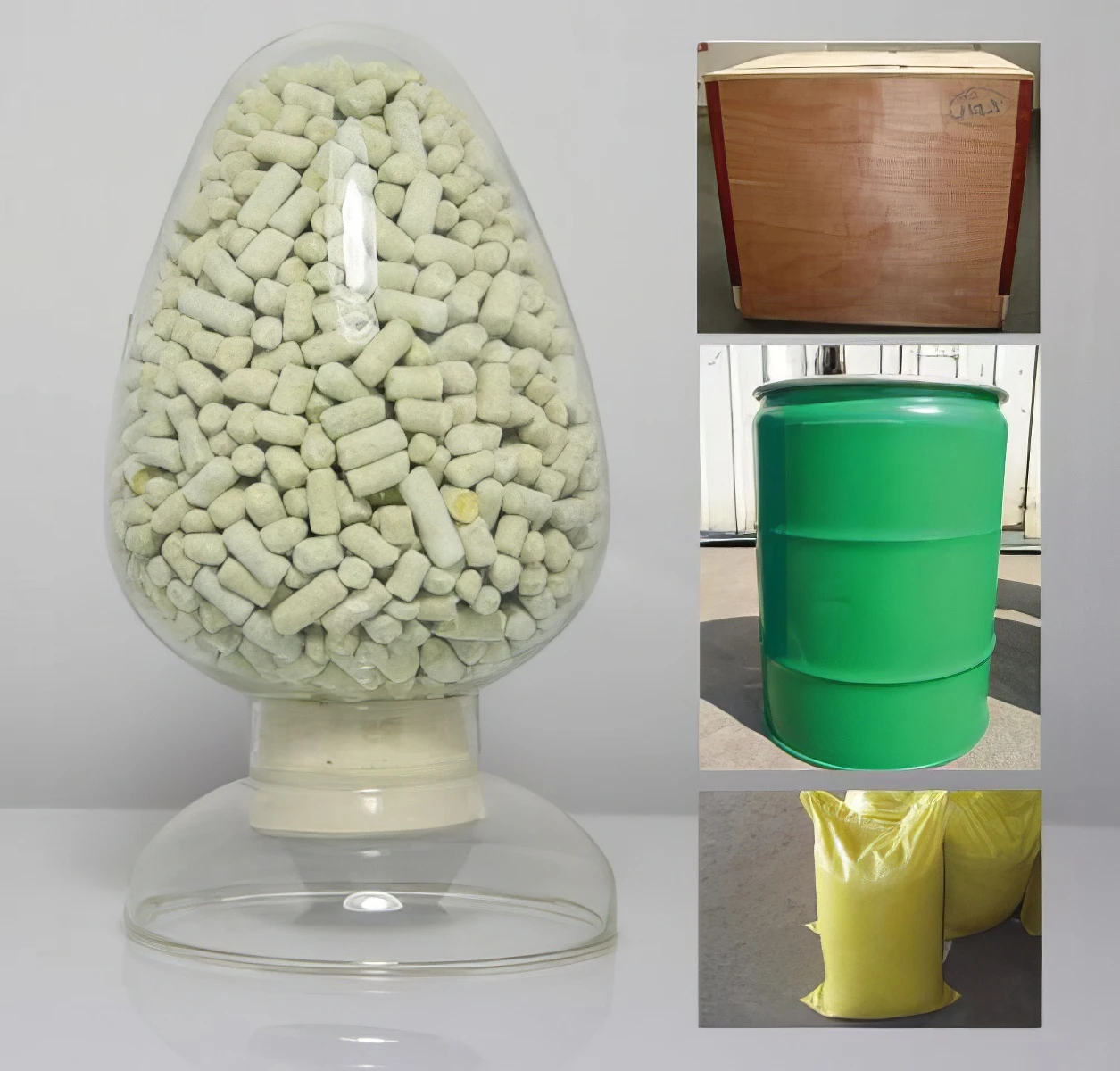



why is polyacrylamide used instead of agarose
Why is Polyacrylamide Used Instead of Agarose?
When it comes to gel electrophoresis, researchers often face the choice between polyacrylamide and agarose. Both of these materials serve as mediums for the separation of biomolecules, particularly nucleic acids and proteins, but each has unique properties that make them suitable for different applications. Understanding why polyacrylamide is frequently favored over agarose in specific contexts provides insights into the strengths and weaknesses of these two gel types.
Composition and Properties
Agarose is a linear polysaccharide derived from seaweed, known for its gel formation properties when dissolved in hot water and cooled. Agarose gels are typically used for the separation of larger DNA fragments (usually greater than 100 base pairs), making them ideal for applications such as PCR product analysis and DNA fingerprinting. However, agarose has a comparatively larger pore size, which limits its effectiveness in resolving smaller molecules, proteins, or nucleic acids below 100 base pairs.
Polyacrylamide, on the other hand, is a synthetic polymer formed through the polymerization of acrylamide monomers. By adjusting the concentration of acrylamide in the gel, researchers can create very fine gels with well-defined pore sizes. This tunability allows for the separation of biomolecules across a wide range of sizes, particularly smaller proteins and nucleic acids, making polyacrylamide gels especially versatile in biochemical analysis.
Resolution and Sensitivity
One of the main advantages of polyacrylamide over agarose is its superior resolving power. Due to its smaller pore size, polyacrylamide can separate smaller fragments with high precision. This property is essential for applications like SDS-PAGE (sodium dodecyl sulfate-polyacrylamide gel electrophoresis), which separates proteins based on their molecular weight. The high resolution provided by polyacrylamide allows researchers to distinguish closely related proteins and analyze complex mixtures more effectively than agarose would permit.
why is polyacrylamide used instead of agarose

Additionally, polyacrylamide gels have higher sensitivity when it comes to protein detection. Staining techniques developed for use with polyacrylamide, such as Coomassie Brilliant Blue or silver staining, provide better visibility of less abundant proteins compared to those visualized on agarose gels. This is particularly significant in proteomics, where researchers need to identify and quantify numerous proteins within a sample.
Sample Size and Volume
Another consideration when choosing between polyacrylamide and agarose is the sample size. Polyacrylamide gels allow for the loading of smaller sample volumes without compromising the integrity of the gel or the resolution of the bands. This makes polyacrylamide particularly useful in fluorescence-based applications where sample availability may be limited. Agarose gels, while suitable for larger volumes, can result in wider bands that decrease resolution in cases where precise molecular weight determination is necessary.
Time and Cost Efficiency
From a practical perspective, polyacrylamide gels generally take longer to prepare compared to agarose gels. The preparation process includes mixing acrylamide and a crosslinking agent, polymerization, and solidification, which is a more complex procedure than preparing agarose gels. However, the investment in time may be outweighed by the benefits of enhanced resolution and specificity for many advanced applications. Furthermore, while acrylamide can be more expensive than agarose on a per-gram basis, the ability to run more precise experiments with smaller quantities can ultimately make polyacrylamide a cost-effective choice in research settings requiring high-throughput screening.
Conclusion
In summary, the choice between polyacrylamide and agarose is conditional on the specific needs of an experiment. For applications requiring high resolution and sensitivity—especially in the analysis of small proteins or nucleic acids—polyacrylamide is the preferred choice. Its tunable properties allow for customization that can optimize separation based on the size of the molecules in question, making it an invaluable tool in molecular biology. While agarose has its rightful place in the toolkit of researchers, particularly for larger nucleic acid fragments, the advantages that polyacrylamide brings often lead to its selection in more specialized applications. Understanding these differences not only aids in experimental design but ultimately enhances the quality and reliability of scientific research.
-
Why Strontium Carbonate Still MattersNewsJun.06,2025
-
Why BaSO4 MattersNewsJun.06,2025
-
Why Barium Carbonate Still MattersNewsJun.06,2025
-
Strontium Hydroxide: A Versatile Compound for Modern ApplicationsNewsJun.06,2025
-
Strontium Chloride in Daily IndustryNewsJun.06,2025
-
Pure Potassium Nitrate for SaleNewsJun.06,2025
-
What Is Sodium Bisulfate Used For?NewsMay.15,2025










